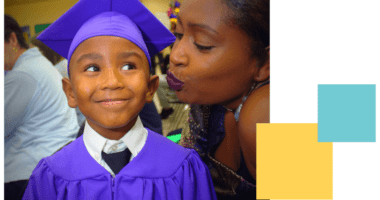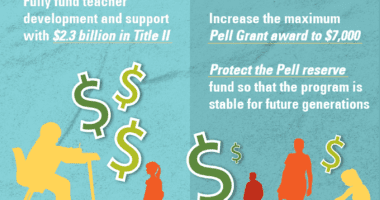Looking Beneath the Averages on College Readiness
Earlier this month, the National Assessment Governing Board released its first-ever estimates of college preparedness. According to the report, about 39 percent of high school seniors are prepared for college-level math, and 38 percent are prepared in reading, based on results from the 2013 National Assessment of Educational Progress.
The fact that far less than half of 12th-graders are ready for college is distressing enough, especially because most seniors tell us that they want to go to college. But it’s also important to understand whether all groups of students show similar readiness or whether the average masks disparities. Unfortunately, NAGB didn’t release college preparedness data for groups of students — only for students overall. But because, in reading, its college preparedness benchmark and the NAEP proficiency cut point are the same, we can look at those data to estimate the percentage of students within subgroups who are prepared for college-level reading. (It’s important to note that we can’t make the same leap in math, where the college preparedness benchmark and the proficiency cut point differ. However, wide gaps in NAEP math scores suggest that we’d likely see gaps in math preparedness, too, if we had those data.)
So, if we look at groups’ preparedness, what do we see? Very low readiness for some groups of students and large gaps between groups. For example, just 1 in 7 African American public school students is prepared for college-level reading, compared with nearly 1 in 2 white students.
These statistics mirror other data, like those from the ACT. That’s not completely surprising, since the ACT is one of the measures that NAGB studied while researching its college preparedness benchmark. But what’s interesting is that, for some groups of students, college preparation rates match up almost perfectly: 16 percent of African American students and 26 percent of Native students who took the ACT met the reading college readiness benchmark. Although the data don’t align as tightly for other groups of students, a similar pattern holds: About 50 percent of white and Asian students reach the readiness benchmark in reading, and Latino students’ readiness is closer to the level of their Native and African American peers.
So regardless of the source we look at, trends in and rates of college preparedness are similar. And these findings are backed up by data showing that once students get to college, far too many students — especially students of color — find that they are not ready for introductory-level work and must take remedial courses.
It’s just one more reminder of the importance of looking below averages to understand patterns of achievement and preparedness for groups of students.













